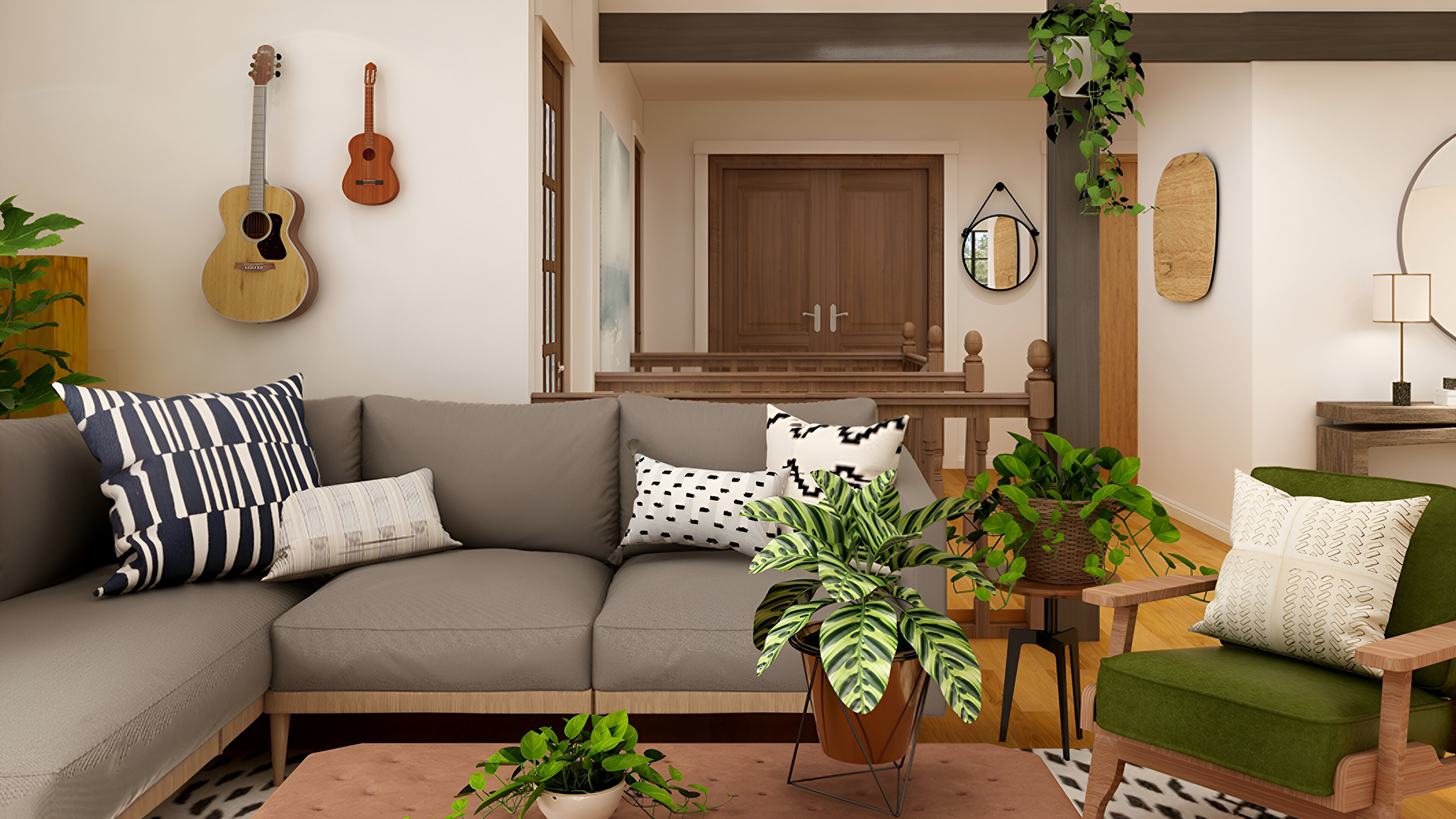
Designing your dream home interior is an exciting and deeply personal journey. It’s not just about aesthetics—it’s about creating a space that reflects your personality, supports your lifestyle, and brings you comfort and joy. This blog covers the essential elements to consider when crafting an interior you’ll love coming home to.
1. Define Your Style
The first step in interior design is identifying your preferred style. Whether you’re drawn to modern minimalism, cozy farmhouse charm, or eclectic bohemian vibes, having a clear direction helps guide your choices for colors, furniture, and décor. Create a vision board or gather inspiration from magazines and online platforms to refine your look.
2. Functionality and Layout
Beautiful design should also be functional. Consider how each room will be used and plan the layout accordingly. Ensure there’s enough space for movement, proper lighting, and easy access to essential items. A well-thought-out layout enhances flow and comfort in your home.
3. Color Scheme and Lighting
Color sets the tone for any space. Choose a palette that complements your style and evokes the mood you want to create. Soft neutrals can make a room feel serene, while bold colors add energy. Lighting—both natural and artificial—plays a crucial role in enhancing colors, highlighting features, and creating ambiance.
4. Furniture and Space Planning
Select furniture that fits your space and meets your needs. Prioritize comfort and scale—oversized furniture in a small room can feel overwhelming, while undersized pieces in a large room may seem lost. Invest in key pieces like a quality sofa, ergonomic chairs, and a sturdy dining table.
5. Personal Touches and Décor
Décor is where your personality shines. Add artwork, family photos, or souvenirs that tell your story. Use rugs, cushions, curtains, and wall hangings to add texture and warmth. Layering different elements creates depth and interest in your design.
6. Storage and Organization
Clutter can diminish the impact of great design. Incorporate smart storage solutions like built-ins, multi-functional furniture, and concealed compartments to keep your space organized. A tidy home feels more spacious and inviting.
7. Sustainability and Materials
Choosing sustainable materials and energy-efficient designs isn’t just good for the planet—it also enhances the longevity and health of your home. Opt for eco-friendly paints, reclaimed wood, and natural fabrics. Sustainability adds both beauty and purpose to your interior.
8. Consistency Across Spaces
While each room can have its own personality, maintaining consistency in design elements like flooring, trim, and color palette creates a cohesive look throughout your home. This continuity makes transitions between rooms feel natural and balanced.
9. Final Thoughts: A Space That Feels Like Home
Designing your dream home interior is about more than trends—it’s about crafting a space where you feel truly at home. By focusing on both aesthetics and functionality, and infusing your personality into every corner, you can create a living environment that’s as beautiful as it is meaningful.